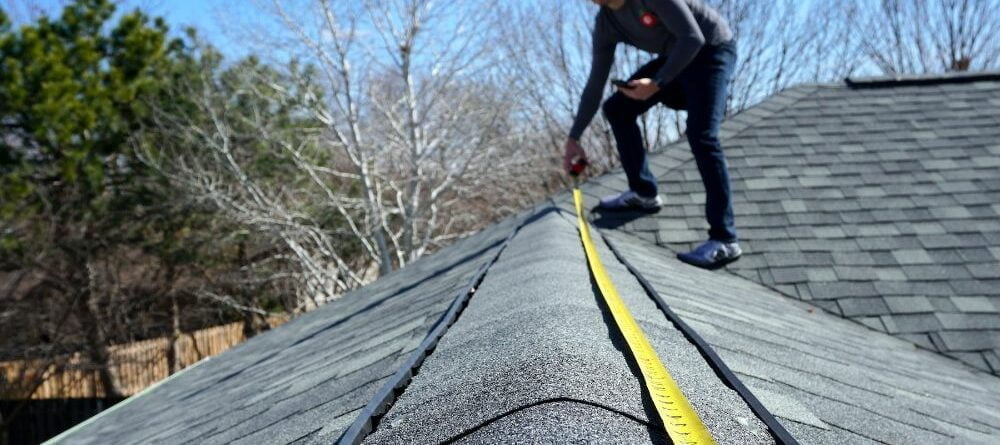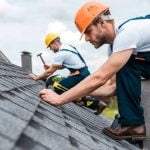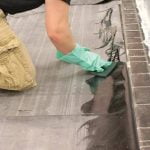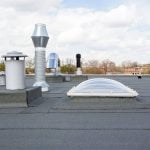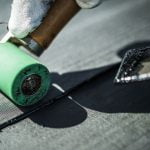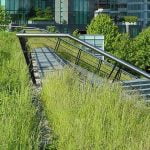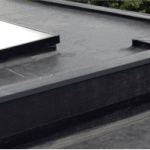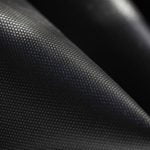The Changing Styles of Pitched Roofs
Since man ventured out of caves, roofs became the first structures to be installed – and it’s incredible to think, then even in primitive times, that humans knew they needed protection from harsh elements, whether it be wind, rain, sun or snow. Back in primate times, archaeologists discovered that earliest roofs included wood, clay, and animal hides, but how has the pitched roof of today evolved?
Tiled roofs
After thatching, clay-tiled roofs became the norm after several hundred years, and clay tiles are still the norm today and are commonly used. Many heritage buildings still use these materials for their roofs due to their long durability and resilience, as many can last between 100 and 200 years.
Plus, clay is very recyclable, so 50% of the tiles can be reused.
Slate roofs
On top of clay tiles, slate roofs also have a long history, especially in the UK during the Victorian era due to the invention of steam engines, which could transport the material throughout the country far more effectively, making slate roofs a common site in Victorian Britain.
However, today, slate tiles are mostly exported out of Spain in Europe, with Brazil being the second largest slate producer in the world.
That said, Welsh slate is recognised as the best quality roofing slate in the world, giving owners a roof that will last more than a lifetime. But it comes at an expense, which means Spanish slate is more commonly used.
In the UK, slate is a preferred tile choice due to its long-lasting properties and ability to withstand challenging weather conditions.
In its earlier applications, roofs, verges, and abutments would be completed with cement to stop the elements and birds from getting in, with the wealthier clients having lead installed instead (another long-lasting product that’s expensive), which is still much the case today (unless using alternatives like this one to avoid this high rates of toxicity).
The modern roofs of today
While many professionals will agree that clay and slate roofs have their place, new, modern materials with greater aesthetic appeal are also emerging.
Metal roofs
Metal roofs, for example, are growing in popularity.
Corrugated box profiles and tile form sheets come in various choices that are the leading choices for architects when designing contemporary homes, and they are often seen in barn conversions.
Metal roof options like zinc, copper, and steel offer great insulation and protection properties, good aesthetics, and high durability, but the trend comes at a cost.
For example, zinc roofing can cost £15-£20 per square metre before installation, labour and fixing costs.
Flat roofs
In addition, flat roofs are becoming increasingly popular, especially when paired with a green or solar roof, as the population becomes more environmentally conscious.
Green roofs, for example, installed on top of EPDM to waterproof the roof, can be adorned with vegetation, which offers natural insulation and enhances air quality.
If you were not opting for a green roof, you would likely have encountered a regular flat roof.
This type of roof used to be more commonly applied in commercial spaces but has now become a staple for many residential homes.
Homeowners integrating traditional aspects with modernity are now choosing flat roofs for their extensions, sheds, and outbuildings, not just because they look good but also because they are waterproof, long-lasting, and cheap.
Flat roofs can provide carbon sequestration, biodiversity enhancement, storm-water attenuation and renewable energy generation, making the flat roof design the net zero future. EPDM (a flat roof rubber membrane) was developed in the 1950s and brought to market in the 1960s, only beginning to grow in popularity throughout the 70s and 80s (but not in the UK).
Since then, many improvements and enhancements have been made to improve its overall performance, such as the fact that it can be installed in one piece, eliminating the need for seams, improved flashing, and becoming puncture – and tear-resistant. Shop one piece membranes.

